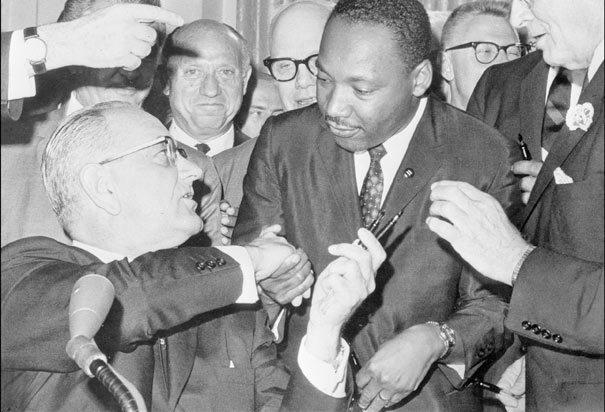
LBJ signing the 1964 Civil Rights Act, which was enacted when LBJ was able to use what happened here in St. Augustine, Florida to help break the Southern segregationists' filibuster.

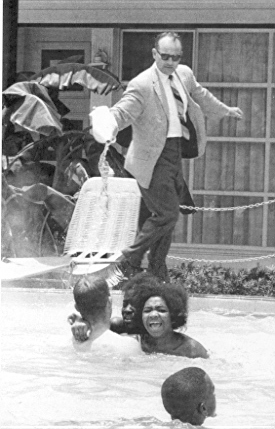


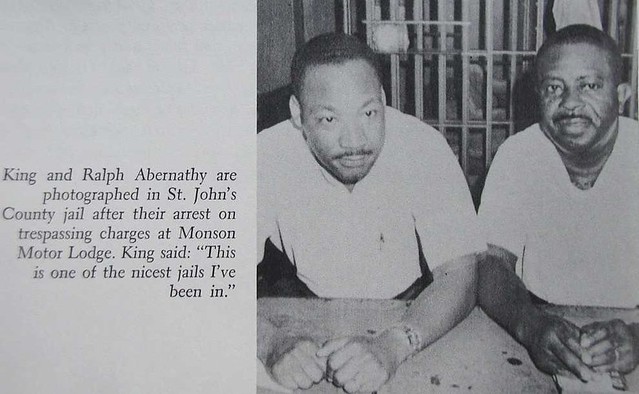
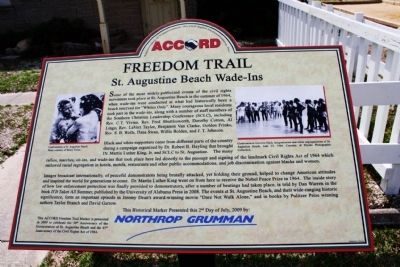



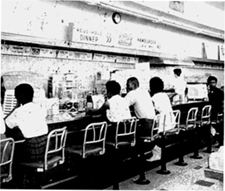


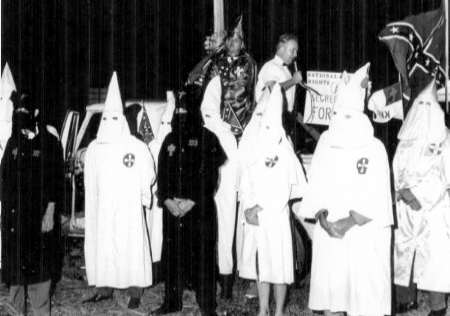
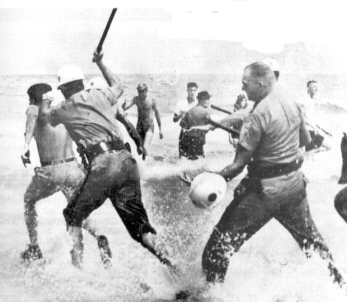

Letter: City's Civil Rights museum is needed
St. Augustine Record
Editor: On Saturday I attended a screening of "Crossing In St. Augustine" the documentary by Andrew Young, depicting St. Augustine's part in the passage of the 1964 Civil Rights Act.
Editor: On Saturday I attended a screening of "Crossing In St. Augustine" the documentary by Andrew Young, depicting St. Augustine's part in the passage of the 1964 Civil Rights Act.
As a new resident of St. Augustine, I was not aware of this history, nor the attempts to suppress it. Viewing this film helped me understand the crucial contributions members of our community, mostly African Americans, have made toward breaking down the barriers of racial discrimination.
I was not alone in having this history made known to me for the first time. I am grateful to the organizers for creating the opportunity to see the film and especially to the panelists who spoke following the screening, some of whom were among the many brave people who confronted racial intolerance and violence in St. Augustine during 1963-64. The presentation was eye-and-heart-opening and a fitting tribute to the legacy of Dr. Martin Luther King Jr.
As one panelist commented, if anyone wants funding to celebrate (Pedro) Menendez or Ponce de Leon, the money will be there. But bake sales would be needed to fund a proposed Civil Rights museum in St. Augustine. As the 450th anniversary of the founding of St. Augustine approaches, I urge the city and state governments, private corporations and businesses, and individuals, to honor these heroes of this town by supporting the creation of a Civil Rights museum, and to make possible the teaching in schools of the critical history made by our citizens depicted in Young's documentary.
St. Augustine is a wonderful city. This was not the only place where segregation and violence occurred in the fight for racial equality. We should not be afraid to tell the whole story of the events which shaped the development of this town. Rather, we should use this moment as an opportunity to educate, especially our young people, about the horrors of bigotry, injustice, and prejudice so that the pain revealed in Young's moving documentary is never again inflicted.
No comments:
Post a Comment